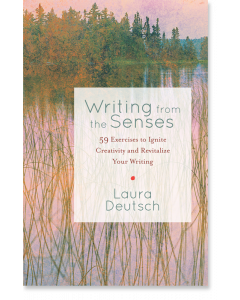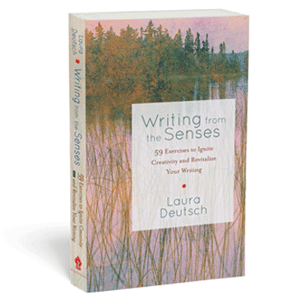As I approached the Golden Gate Bridge on my way out of town, I cranked up Willie Nelson singing "On the Road Again." A song of freedom, here we go! By the time I was midway across the span, I was waltzing in the driver's seat to the dreamy sounds of "Georgia," symbolically telling the world "I'm on my way; don't bother me."
When I compiled this audiotape (those were the days of tapes), I had matched the lineup to the scenery along the coast. I felt like a psychologically savvy techno genius for having made a tape where the music was so perfectly synced with the landscape and my mood.
Years later, at a lunch with Georgia Hesse, the former travel editor of the San Francisco Examiner, I discovered that she had elevated matching music and place to new levels of refinement. Georgia knows a lot about music, and one day she decided to write about how she creates a personal soundtrack for the passing scenery.
On a warm midsummer morning, a friend and I celebrated our day-old, laser-red, CD-equipped Mustang convertible, curving through a tangle of oak forest on the Lake Berryessa hills north of San Francisco. As we crested the grade, Charlotte Church hit her highest notes: "And thine is the king-dom... and the pow-er and the glor-eey, forev-er...."
No tremor shook the trill; no wobble, no waver in a soprano as clear and flawless as the sky.
We changed the CD and so the mood. Rolling on back roads, heading north, we swung onto old Highway 99W. Count Basie jammed with Duke Ellington: "Take the A Train" and "Jumpin' at the Woodside." We beat time and munched fast food as we cruised all alone while trucks thundered by on intense Interstate 5 off to the west. So cool, so American; you make me feel so young.
Later, more solemnly, we wound around Lassen Peak with violin sonatas saluting the higher, thinner air: Mozart to match the mountain.
In Idaho on the heights above the Snake River, we felt the first pelts of rain and stood rim-side to watch a storm approach with the inevitability of the fourth movement of Beethoven's Symphony No. 7. I longed for that music. Next time.
Snowstorm on the North Rim, sun that would scorch a lizard on the South Rim: in fair weather or foul, no companion so complements the Grand Canyon as Ferde Grofé's "Grand Canyon Suite." It paints the scenery with sound. Maybe only an American composer can create such a sense of space; most classical Europeans seem more comfortable in parlors than on the wild prairie.
Perhaps no master gives voice to the natural world that surrounds him as does Jean Sibelius. Bleak, remote, full of myths and mysteries, his works, especially "Finlandia," recall to memory that spare and haunting landscape at the chilly top of Europe. He is right at home, also, on the serpentine, alpine Going-to-the-Sun Road, the only route across the million acres of Glacier National Park.
Not only does music pair well with the landscape; it conjures up scenes in our minds. Sometimes I'll play a recorded compilation at a workshop and ask students to write the scenes they imagine. For example, after a few notes of "Caravan," first recorded in 1936 by the Jazzopators with Duke Ellington on piano, writers are pounding out smoky nightclub scenes, their characters dancing wildly and tossing back drinks. When "Quando m'en vo," Puccini's plaintive aria from La Bohème, begins, they quickly switch gears. Even if they don't understand the words, they have no problem creating melodramatic dialogue that matches the soprano's emotional intensity.
EXERCISE
Use the following prompts:
1. Play a piece of classical music and write the film scene that the music could be used to score.
2. If you were to create a soundtrack of your life, what songs would you include? Why?
Excerpted from Writing from the Senses: 59 Exercises to Ignite Creativity and Revitalize Your Writing by Laura Deutsch




